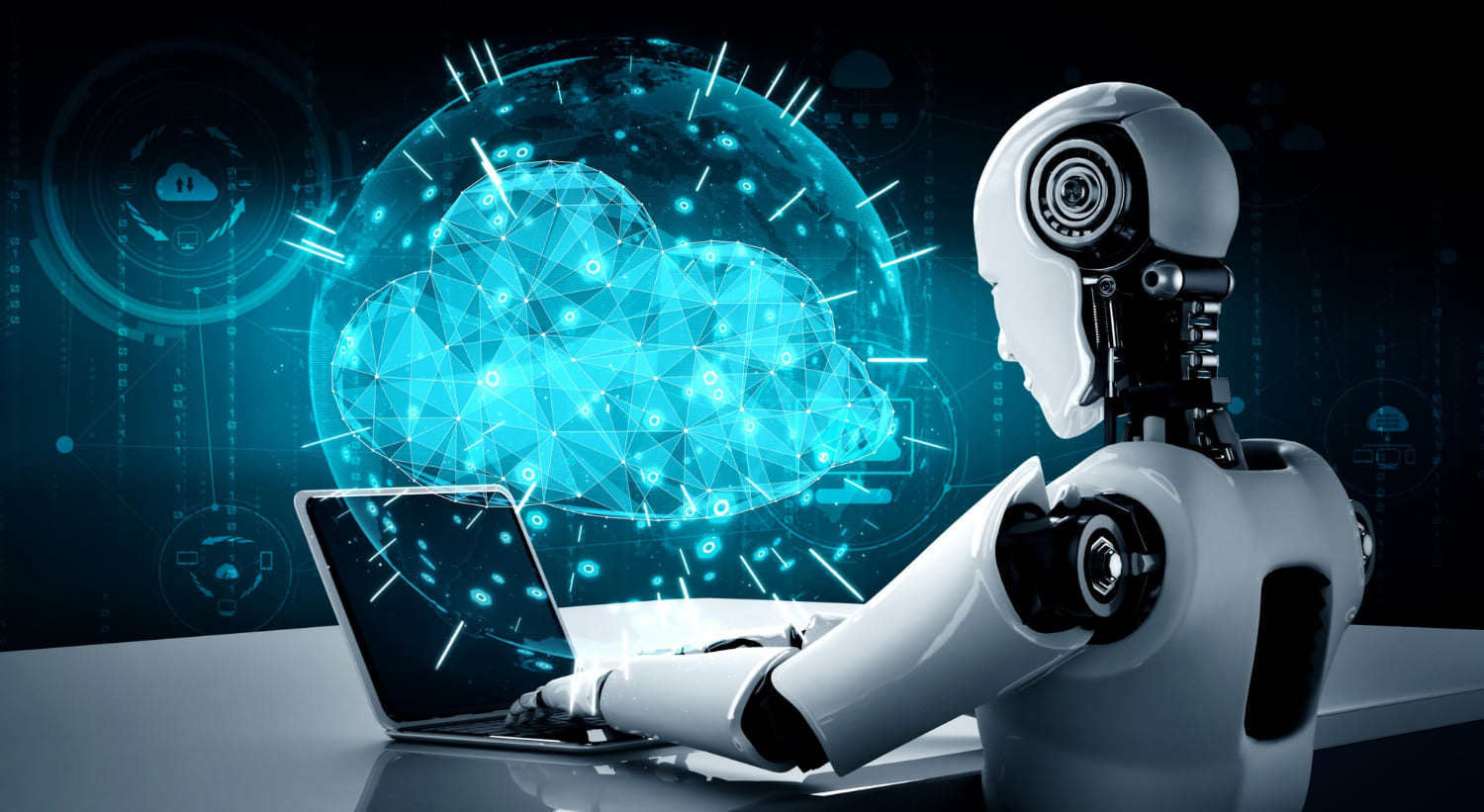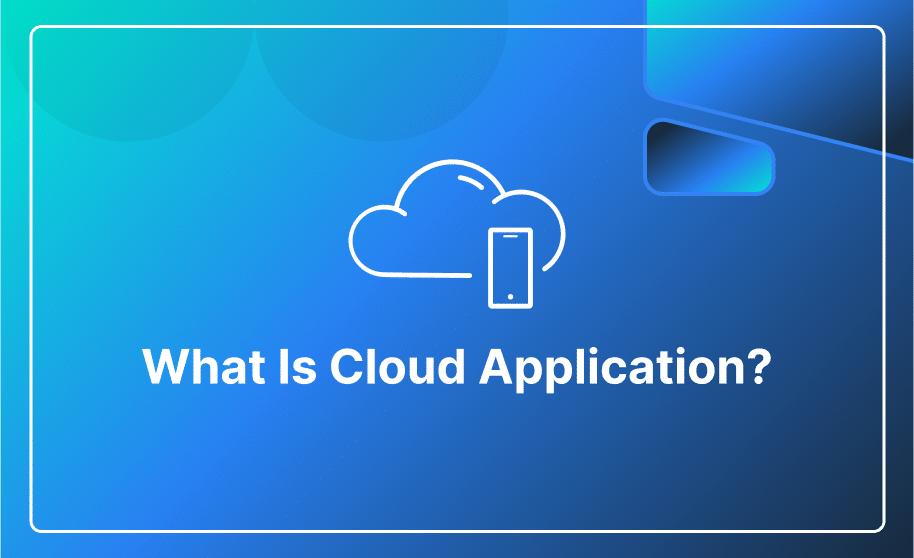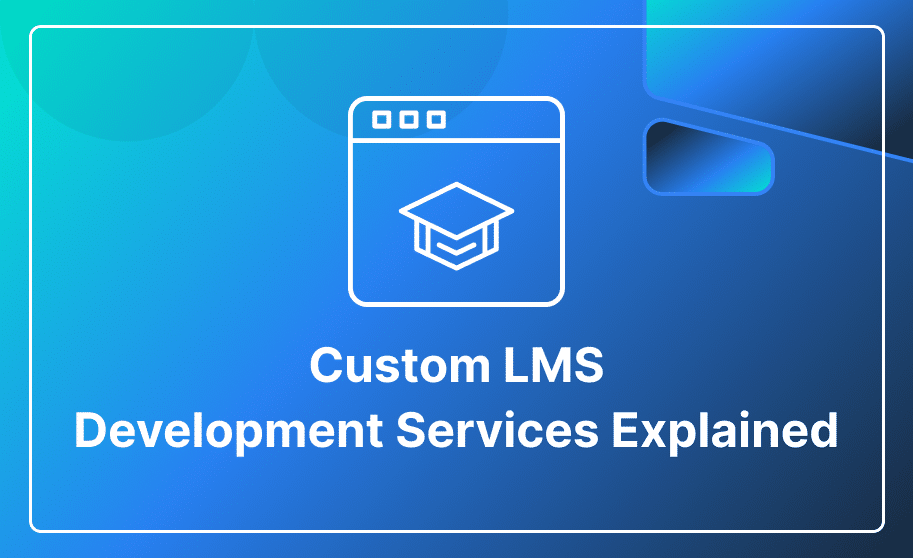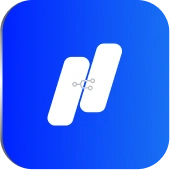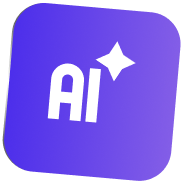One of the most frequently asked questions by Clients is, “Can Bubble Connect to X App?” The answer is yes, thanks to Bubble’s robust API connector Plugin.
Bubble API connector is a versatile tool that allows developers to effortlessly access external data from third-party services and integrate it into their applications or websites. The ability to integrate with APIs and external databases is one of the notable features of the no-code platform Bubble.
It can connect with various external services that expose an API for reading or writing, including functionalities such as payments, data sources, authentication providers, etc. Furthermore, it is highly extensible through JavaScript plugins. It allows users to build custom plugins for integrating with non-supported services, adding JavaScript-based elements, or writing server code.
To assist you in integrating with APIs like a traditional coder and connecting third- party services, we have compiled the following educational materials on APIs and valuable resources for using Bubble API Connector.
A Guide on Bubble API Connector
The API connector, built by Bubble, allows you to create your own custom links to other products that support API connections.
If you want to know how to read API documentation or make API calls in Bubble, we’ve got a helpful 7-part video series for you. The videos explain how to read API documentation, use that information to set up an API call in Bubble’s API Connector, and see how Bubble.io captures and shows the API response in the design tab. These insightful videos are graciously provided by AirDev.

You can watch the series here:
How to connect to any API via Bubble’s API Connector (no Auth) [API Connector
Tutorial 1/7]
How to set up Private Key API Authentication on Bubble [API Connector Tutorial
2/7]
How to set up Basic Authentication for APIs on Bubble [API Connector Tutorial 3/7]
How to set up OAuth on Bubble using Spotify Part 1 (manual process) [API
Connector Tutorial 4/7]
How to set up OAuth on Bubble using Spotify Part 2 (via API Connector) [API
Connector Tutorial 5/7]
How to set up Webhooks on Bubble using Shopify [API Connector Tutorial 6/7]
How to read JSON API Response in Bubble [API Connector Tutorial 7/7]
Learn about creating an AI-driven Bubble app effortlessly by checking out our
blog, “How to Develop AI-Powered Bubble Apps Without Code?”
Want to fast-track your app development? Our expert Bubble
developers are ready to assist you.
Check out our guide on “What is Bubble.io? A Step-by-Step Guide for Beginners”
for a detailed understanding of Bubble’s functionality and its suitability for your
needs.
Need a proficient Bubble developer to rapidly bring your custom app to life?
Hashlogics is your go-to partner. Renowned as the top-rated Bubble agency
across the globe.

